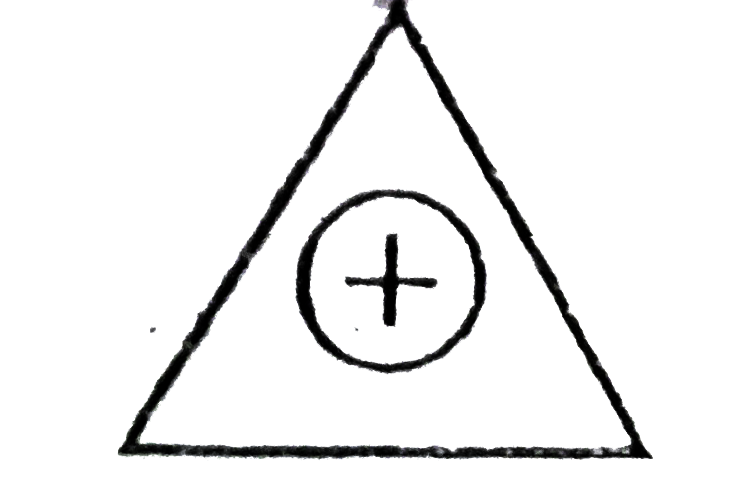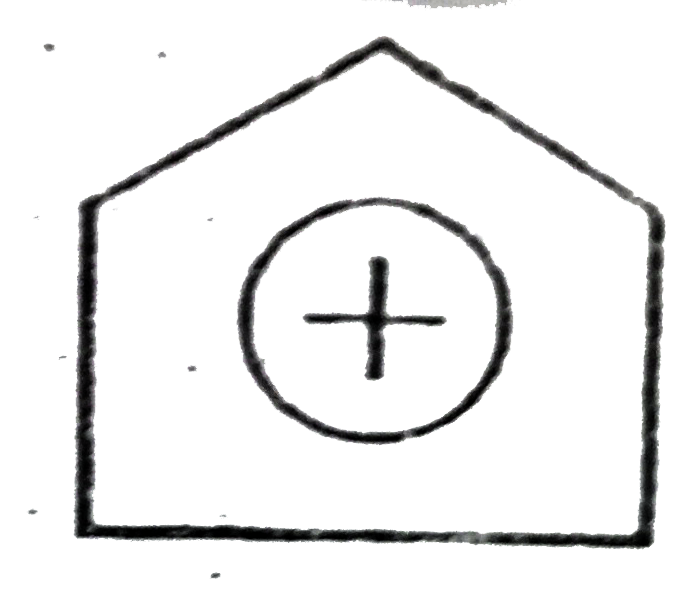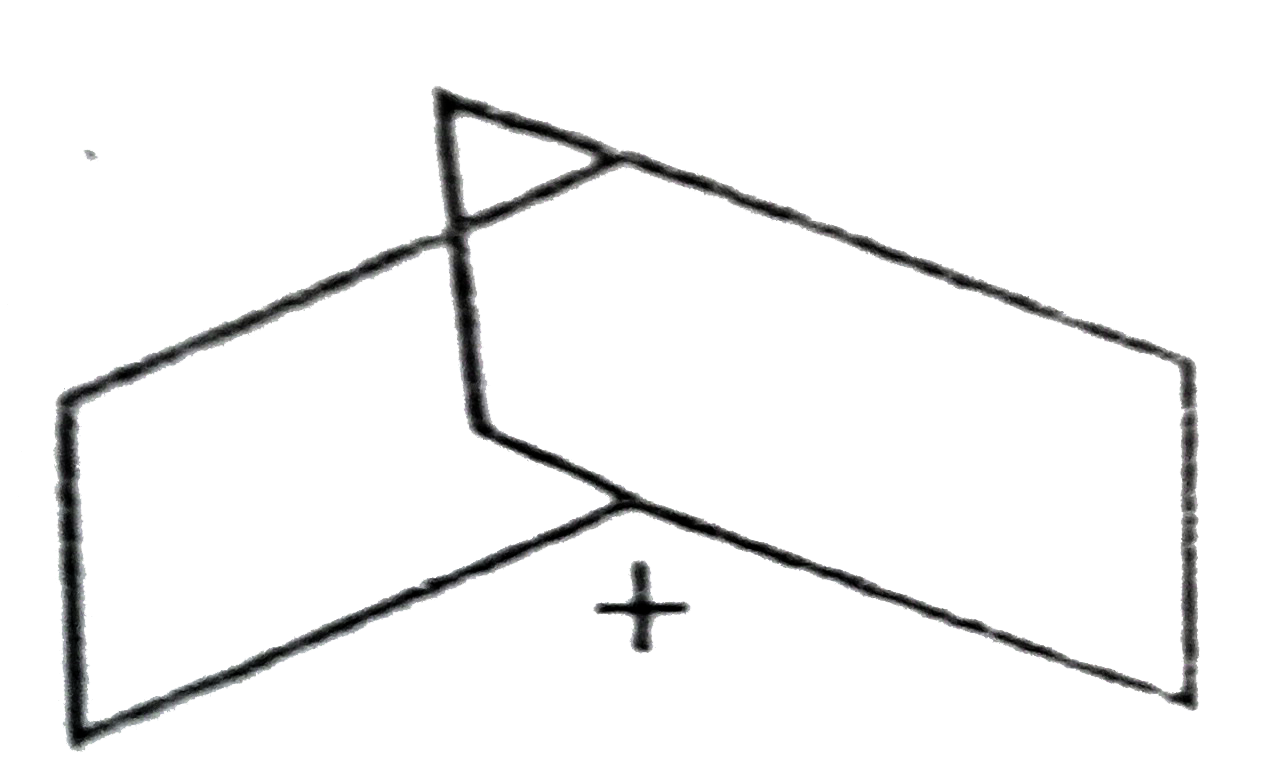Among the following the most stable carbocation
CH3−CH+−CH3



The correct Answer is:B
To determine the most stable carbocation among the given options, we will analyze each carbocation based on its structure and stability factors such as inductive effects, resonance, and aromaticity.
1. Identify the Structures:
- Option A: CH3-CH^+-CH3 (Tertiary carbocation)
- Option B: A cyclic structure with a positive charge that can resonate (Aromatic compound)
- Option C: A cyclic structure with a positive charge that is anti-aromatic
- Option D: A structure with a positive charge on a bridgehead carbon (Bridgehead carbocation)
2. Analyze Option A:
- This is a tertiary carbocation where the positive charge is stabilized by three methyl groups through the +I (inductive) effect. The positive charge is localized, but the presence of three alkyl groups provides some stability.
- Stability: Moderate due to +I effect.
3. Analyze Option B:
- This structure is cyclic and can delocalize the positive charge through resonance. The positive charge can be spread over the entire ring, which stabilizes the carbocation significantly.
- Additionally, if it follows Huckel's rule (4n + 2 π electrons), it is aromatic, which is a key factor for stability.
- Stability: High due to resonance and aromaticity.
4. Analyze Option C:
- This structure is also cyclic but has a positive charge that is delocalized. However, it contains 4 π electrons, which makes it anti-aromatic. Anti-aromatic compounds are generally unstable due to the strain and lack of resonance stabilization.
- Stability: Low due to anti-aromaticity.
5. Analyze Option D:
- The positive charge is located on a bridgehead carbon. Carbocations at bridgehead positions are typically unstable due to steric hindrance and lack of effective resonance stabilization.
- Stability: Very low due to steric hindrance.
6. Conclusion:
- After analyzing all options, Option B is the most stable carbocation due to its aromatic nature and the ability to delocalize the positive charge effectively throughout the ring.
Final Answer:
The most stable carbocation among the given options is Option B.
- Option A: CH3-CH^+-CH3 (Tertiary carbocation)
- Option B: A cyclic structure with a positive charge that can resonate (Aromatic compound)
- Option C: A cyclic structure with a positive charge that is anti-aromatic
- Option D: A structure with a positive charge on a bridgehead carbon (Bridgehead carbocation)
- This is a tertiary carbocation where the positive charge is stabilized by three methyl groups through the +I (inductive) effect. The positive charge is localized, but the presence of three alkyl groups provides some stability.
- Stability: Moderate due to +I effect.
- This structure is cyclic and can delocalize the positive charge through resonance. The positive charge can be spread over the entire ring, which stabilizes the carbocation significantly.
- Additionally, if it follows Huckel's rule (4n + 2 π electrons), it is aromatic, which is a key factor for stability.
- Stability: High due to resonance and aromaticity.
- This structure is also cyclic but has a positive charge that is delocalized. However, it contains 4 π electrons, which makes it anti-aromatic. Anti-aromatic compounds are generally unstable due to the strain and lack of resonance stabilization.
- Stability: Low due to anti-aromaticity.
- The positive charge is located on a bridgehead carbon. Carbocations at bridgehead positions are typically unstable due to steric hindrance and lack of effective resonance stabilization.
- Stability: Very low due to steric hindrance.
- After analyzing all options, Option B is the most stable carbocation due to its aromatic nature and the ability to delocalize the positive charge effectively throughout the ring.
The most stable carbocation among the given options is Option B.
Topper's Solved these Questions
- ORGANIC CHEMISTRY: SOME BASIC PRINCIPLE AND TECHNIQUESBOOK - AAKASH INSTITUTE ENGLISHCHAPTER - ORGANIC CHEMISTRY: SOME BASIC PRINCIPLE AND TECHNIQUESEXERCISE - SECTION-C OBJECTIVE TYPE QUESTION (MORE THAN ONE OPTIONS ARE CORRECT)
18 Videos
- ORGANIC CHEMISTRY: SOME BASIC PRINCIPLE AND TECHNIQUESBOOK - AAKASH INSTITUTE ENGLISHCHAPTER - ORGANIC CHEMISTRY: SOME BASIC PRINCIPLE AND TECHNIQUESEXERCISE - SECTION-D LINKED COMPREHENSION TYPE QUESTIONS
7 Videos
- ORGANIC CHEMISTRY: SOME BASIC PRINCIPLE AND TECHNIQUESBOOK - AAKASH INSTITUTE ENGLISHCHAPTER - ORGANIC CHEMISTRY: SOME BASIC PRINCIPLE AND TECHNIQUESEXERCISE - ASSIGNMENT SECTION-A COMPETITION LEVEL QUESTIONS
50 Videos
- ORGANIC CHEMISTRY : SOME BASIC PRINCIPLES AND TECHNIQUES BOOK - AAKASH INSTITUTE ENGLISHCHAPTER - ORGANIC CHEMISTRY : SOME BASIC PRINCIPLES AND TECHNIQUES EXERCISE - Assignment(Section-D)(Assertion - Reason Type Questions)
15 Videos
- POLYMERSBOOK - AAKASH INSTITUTE ENGLISHCHAPTER - POLYMERSEXERCISE - ASSIGNMENT (SECTION-D)
13 Videos
Similar Questions
The most stable carbocation is
View SolutionThe most stable carbocation is
View SolutionThe most stable carbocation is
View SolutionWhich of the following is the most stable carbocation here ?
View SolutionMost stable carbocation is

View SolutionThe most stable carbocation is:
View SolutionThe most stable carbocation is:
View SolutionWhich of the following is the most stable carbocation?
View SolutionWhich amongst the following is the most stable carbocation?
View SolutionWhich among the following is most stable carbonation
View Solution